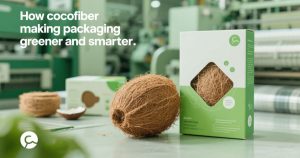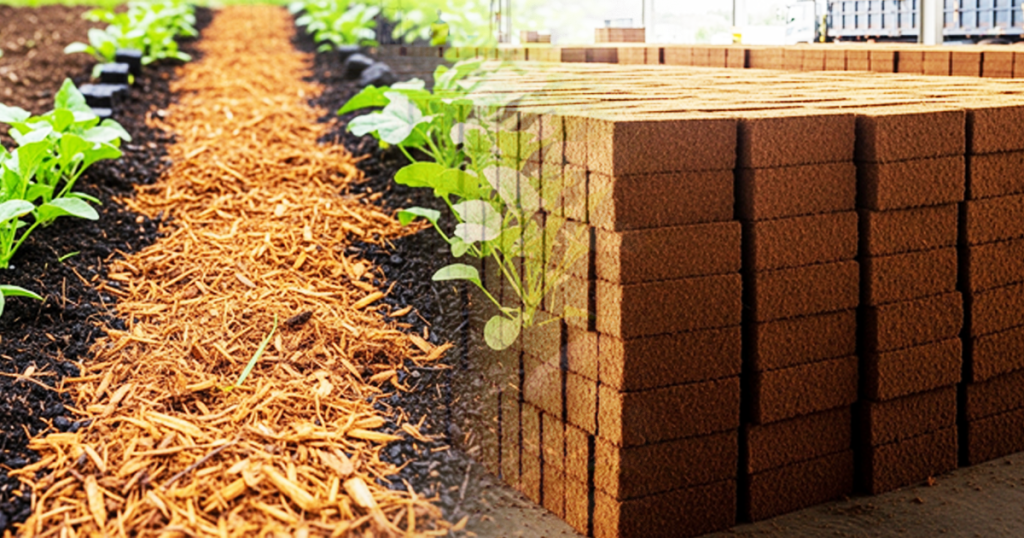Understanding Coco Bristle: What Is It Made Of?
Coco bristle, also known as coir bristle, is a natural fiber extracted from the husk of mature coconuts. Typically used in brushes, mats, and eco-friendly tools, coco bristle is celebrated for its durability and firm texture.
Over the past few years, it has found its way into the pet care industry, particularly as a material for grooming brushes and mats. However, questions surrounding its safety for cats and dogs remain a concern. Is this natural fiber truly pet-friendly, or is it just another trend?
The Composition of Coco Bristle and Its Physical Properties
From a material science perspective, coco bristle consists of lignin and cellulose, making it both coarse and water-resistant. The fibers are stiff but not sharp, and when processed correctly, they can be softened to prevent skin irritation.
For grooming brushes, manufacturers usually embed the bristles in a wooden or rubber base, ensuring the fiber tips remain consistent in length and texture. Despite its rough appearance, coco bristle doesn’t easily splinter, making it theoretically safe for light skin contact. But practical use is another matter, especially when animals are involved.
How Do Pets React to Coco Bristle?
Behavioral responses from pets vary significantly depending on their breed, coat type, and sensitivity. Based on observational data and limited trials in controlled environments, dogs generally tolerate coco bristle brushes better than cats.
Dogs with thick or double coats benefit from the firm texture, which helps remove loose hair without harming the skin. However, cats especially those with short, fine fur may find the material too abrasive.
Some felines exhibit avoidance behavior when exposed to brushes made of coco bristle, which may indicate discomfort or anxiety triggered by texture or scent.
Potential Allergic Reactions and Risks
Though coconut itself is not a common allergen for pets, processed coco bristle may still carry contaminants if not properly cleaned. This includes traces of mold spores, dust, or pesticides from coconut farming.
While no major studies have documented widespread allergic reactions to coco bristle in pets, the potential for skin irritation or sneezing is not entirely negligible. Pet owners should examine brushes for chemical residues and perform a patch test before full use. If redness, itching, or behavioral changes occur, discontinue immediately.
The Rise of Eco-Friendly Pet Products
One of the biggest draws of coco bristle in pet care is its eco-friendliness. With sustainability taking center stage in consumer trends, natural fiber brushes are gaining traction as alternatives to plastic tools. Brands marketing coco bristle grooming kits often highlight their biodegradable nature, non-toxic processing, and renewable sourcing.
While these aspects benefit the environment, they don’t automatically guarantee pet safety. That’s why scientific validation through dermatological testing and behavioral studies—is still critical before mass recommendation.
Vet Recommendations and Current Research Gaps
Most veterinarians agree that while coco bristle brushes can be useful, they are not universally ideal. Veterinary dermatologists emphasize the importance of coat type and sensitivity when choosing grooming tools. At present, there is a lack of large-scale research specifically targeting coco bristle’s interaction with pet skin.
Current studies often group natural fibers together, making it hard to isolate the specific benefits or risks of coco bristle alone. Therefore, more peer-reviewed studies are needed, particularly involving long-term usage in varied pet populations.
Practical Guidelines for Pet Owners
If you’re considering a coco bristle brush for your pet, start by consulting a veterinarian. Introduce the tool gradually, and monitor your pet’s reaction during grooming. Avoid using excessive pressure, especially on short-haired or sensitive pets.
Choose products labeled as untreated or chemical-free, and opt for those with ergonomic designs that limit direct bristle-to-skin pressure. Lastly, maintain hygiene by cleaning the brush regularly to avoid bacteria buildup, which could cause skin infections over time.
Safe When Used Right, But Not for Every Pet
Coco bristle has the potential to be a safe, sustainable grooming tool for pets when used correctly and with proper precautions. It’s particularly effective for medium to long-haired dogs but may not suit all cats or sensitive breeds.
While its environmental benefits are clear, pet owners must prioritize individual comfort and safety. Until more comprehensive research is available, coco bristle should be used thoughtfully and never as a one-size-fits-all solution.







